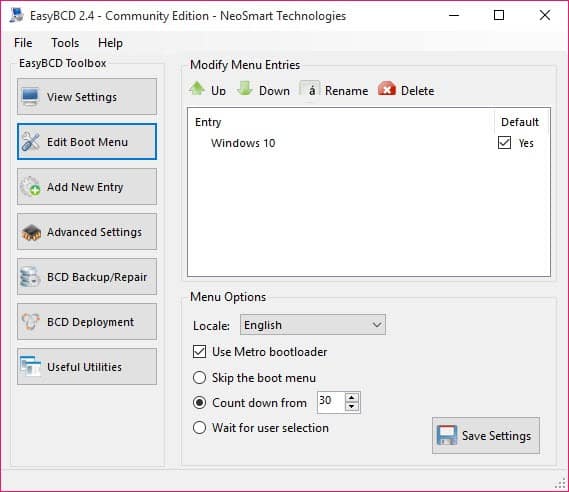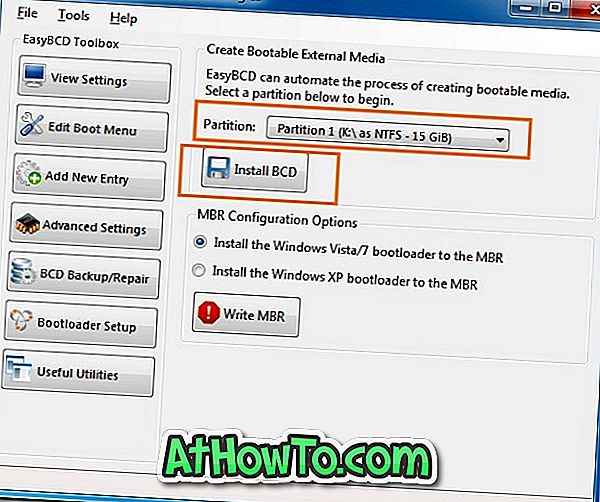
Then I told the installer program to put the boot loader to /dev/sda5 (/boot partition), since I planned to use Windows loader to control the dual booting. Then, in the beginning of the Ubuntu installation process, (using a DVD image disk), I created 4 new partitions for the linux system (/boot, /, /home, and swap space).

I successfully shrunk the C: partition by ~450GB. To install Ubuntu alongside with my Windows 7, I was basically following the instructions that I found here: The computer has one hard drive (1 TB SSD), which contained the following partitions:ĢGB = system partition, (no letter assigned) The alternatives don't compare to the flexibility offered by this application.I am installing Ubuntu 12.04 on a laptop that had pre-installed Windows 7. There are no dangers in using it, if you know what you're doing. This programme is ideal for you if you want to have full control over your bootloader for free.

Overall, EasyBCD gives you a lot of power when working with your computer. It can't create drives that can be used later, but it does its job well and has some uses that others don't have, such as advanced scripting. Grub2Win is another choice for dual-booting, but it lacks many of the things that EasyBCD gives. It no longer offers any features that come close to the other options. Soon, the programme became ineffective compared to EasyBCD. Other booting programmesĮasyUEFI used to be a great alternative to this software however, Hasleo took the lead. SOS/Verbose-Boot can also be run through EasyBCD to figure out what is happening if any errors occur in your boot sequence. The admin can also run the Kernel De-debug mode to figure out what bugs are hiding in the system. However, if you do this, you will lose the bonuses of having a UEFI-based PC, although it works perfectly with these systems.

Of course, you can use dual booting with a variety of systems. You can also create bootable image drives like USBs or ISOs for utilities or operations.


 0 kommentar(er)
0 kommentar(er)
